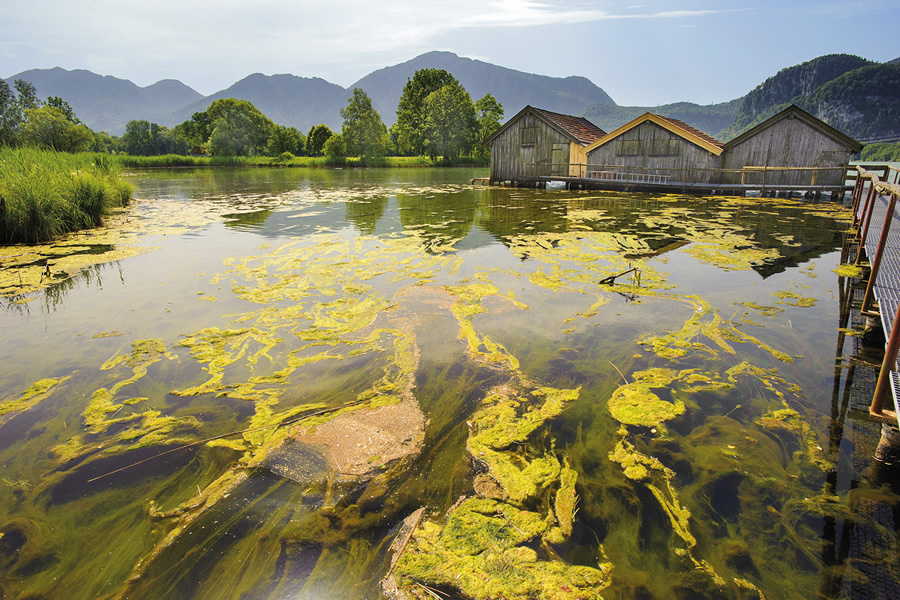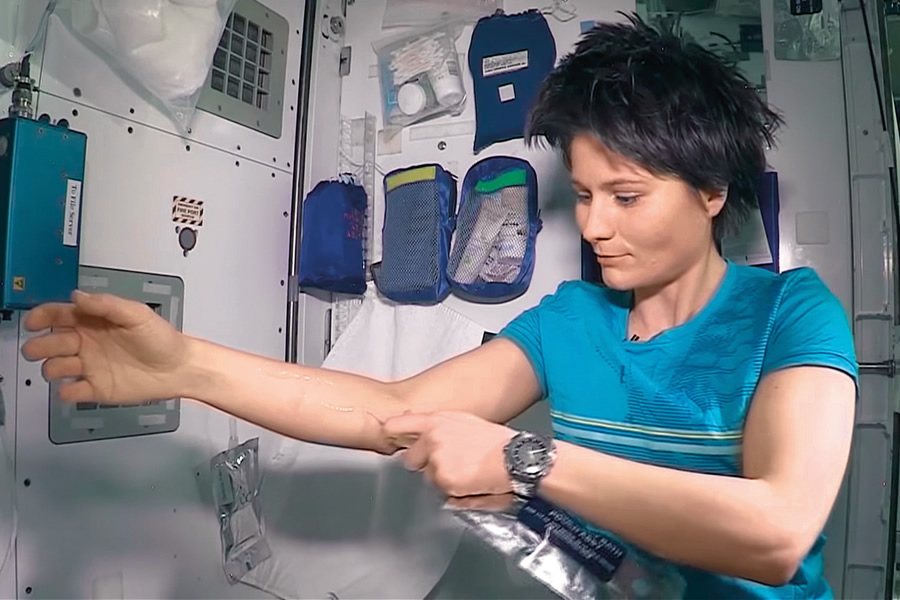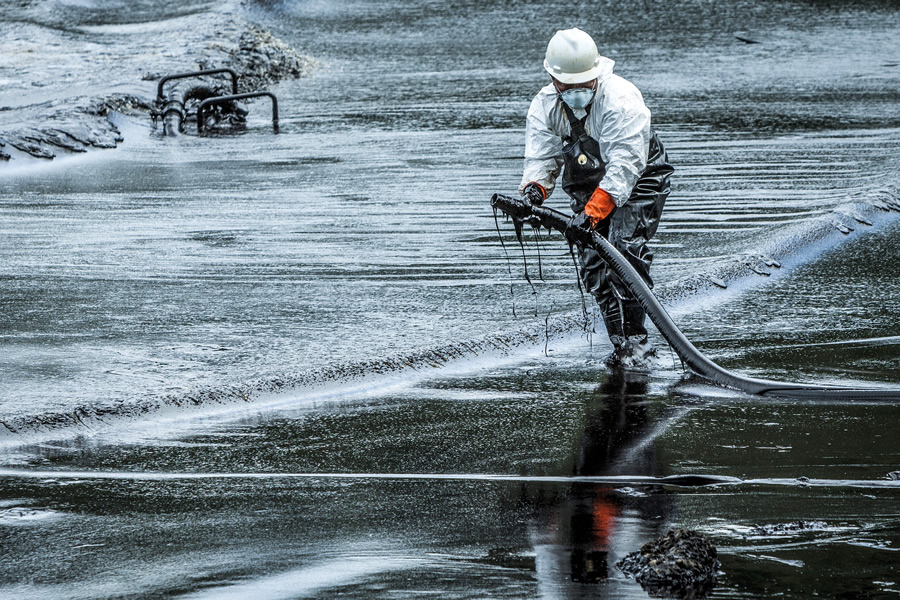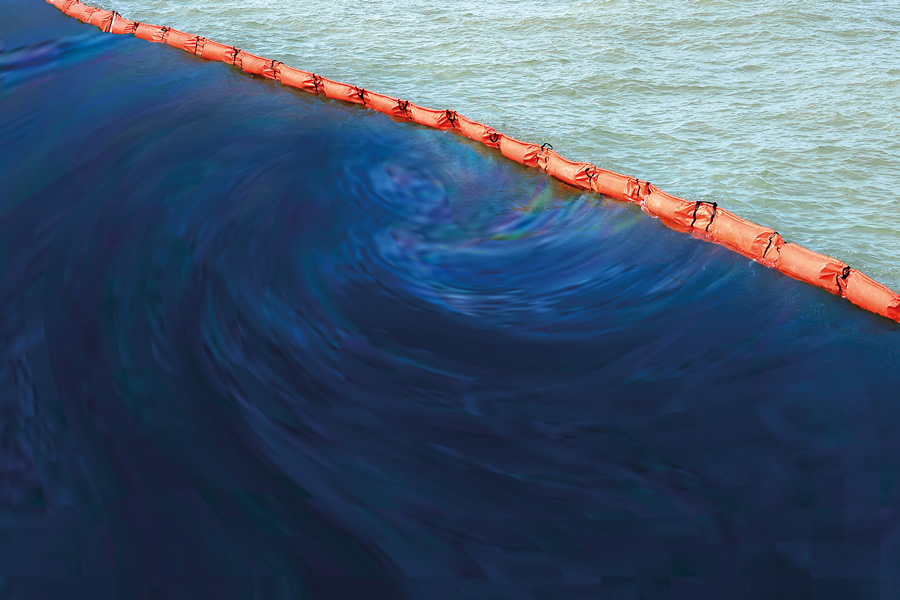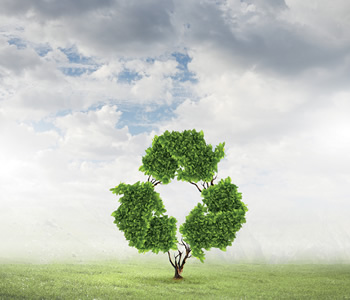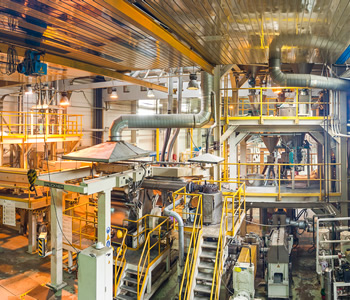Water covers 70% of the Earth's surface. The total volume of H2O (1.4 billion km3) is mind-boggling, but only 2.5% of that is fresh water.
As reported by the UN, 80% of the world’s wastewater is discharged without any treatment. This needs to stop if we are to put an end to water scarcity. In spring 2017, the UN published the World Water Development Report, which focuses on wastewater treatment strategy and recycling methods. “Up to now, decision makers have mainly focused on supplying clean water rather than managing it after it has been used, but the two aspects are inextricably linked,” said lead author Richard Connor of UNESCO’s World Water Assessment Programme. A perfect example to follow would be the way they do it on the International Space Station, where not a drop of water goes to waste.
A solution may include innovative treatment methods and even integrated systems designed to address several problems at a time. For example, treatment facilities at SIBUR’s Togliatti site excel in the versatility department, as they serve to purify three kinds of water: industrial discharges of the site, stormwater runoff fr om the sewage system, and domestic wastewater.
Agriculture, manufacturing and energy are expected to significantly increase their water consumption. The problem is exacerbated by higher urbanisation rates and the expansion of water supply and sewage systems, which all lead to increased run-off volumes. Over 80% of wastewater discharges are untreated, and this needs to end.
Polymer absorbents will help dealing with water bloom.
At first, the three types of wastewater are treated separately with mechanical rakes that remove large and medium waste fragments. Then, the water moves on to radial flow settlement tanks, where smaller particles are removed. Recently, the tanks have been upgraded with automated sensors that boost the system’s efficiency by continuously monitoring the sludge level at the bottom and making it possible to remove it once it reaches a certain level, as opposed to doing it at regular intervals.
The primary mechanical treatment is followed by biochemical treatment, which takes place in aeration tanks. The water is treated with special bacteria that feed on carbon-containing contaminants. Aeration tanks get their name from aeration systems, which mix the treated wastewater with activated sludge and oxygenate it to prepare for the bacteria. This process allows for fast oxidation of organic matter, as a result of which it decomposes into CO2 and H2O.
After the biochemical stage, the water passes through more settlement tanks and undergoes additional treatment, wh ere it is filtered through drum screens, which capture particles larger than 1 mm, and sand filters, which screen off finer waste fragments. The last phase is disinfection, which is carried out using sodium hypochlorite. The now clean water is then discharged into the Volga. The water treatment facilities also have their own laboratory, which monitors the quality of both incoming and outgoing water and reports its findings to Rosprirodnadzor (the Russian environmental watchdog).
In addition to improving its water treatment systems, SIBUR also introduces more environmentally friendly production technologies. For example, the Togliatti production site has implemented a salt-free technology of producing copolymer rubbers, enabling SIBUR to significantly reduce the content of salts and other contaminants in industrial wastewater discharges.
“Funnily enough, our industrial discharges, which are mainly contaminated with nitrates and nitrites, are much easier to treat compared to domestic wastewater, which contains phosphates from cleaning products putting the most pressure on treatment facilities. Unfortunately, Russia does not impose any restrictions on the use of these chemicals, while European countries have long stopped using them,” says Viktor Eryomin, manager of the water supply and treatment shop at SIBUR’s Togliatti site.
The Togliatti production site has implemented a salt-free technology of producing copolymer rubbers, enabling SIBUR to significantly reduce the content of salts and other contaminants in industrial wastewater discharges.
Samantha Cristoforetti, the holder of the record for the longest single mission for a woman (199 days, 16 hours, 42 minutes), shows how shower works at the ISS.
The filtration mechanisms in modern water treatment systems are usually based on petrochemical products. Torus-shaped polypropylene discs are the key components of the so-called disc filters. “These devices filter water by passing it through a cylinder of toruses filled with multiple polymer elements that are stacked in layers. The entire width of the discs has 200–400 special grooves that capture contaminants. The size of these grooves determines the degree of filtration and ranges from 20 to 400 micron depending on the type, which makes it possible to use them for different treatment phases. This type of filter has proved its value thanks to polymer discs that are resistant to corrosion and deformation, flexible and durable,” says Alexey Nikitin, process engineer at PromVodOchistka.
Polysulfones are a special type of polymers that are used, among other things, in ultrafiltration membranes, which currently provide the highest degree of mechanical water treatment. Such membrane module contains multiple spaghetti-like tubes. In the process of pressure induced separation, water permeates the membrane, as the flow-through is prevented by special cover plugs. Polymeric materials are also used in spiral-wound membranes in reverse osmosis systems, which operate in a similar manner. According to Alexey Nikitin, these systems are the most advanced method for fine water filtration today.
The modern chemistry presents multiple solutions not only for wastewater treatment at facilities, but also for water quality improvement in natural basins. At Lomonosov Moscow State University, scientists have found a way to use polymers to purify water contaminated by phototrophic organisms, which cause the common problem of ponds turning green. The saturated colour betrays the presence of blue-green bacteria (cyanobacteria). They produce cyanotoxins, which make the water undrinkable. If consumed in large quantities, it can cause death, while smaller quantities may lead to liver diseases.
The researchers first proposed using sphagnum to clear oil spills.
Scientists are looking to improve the final and finest treatment of water with nanofiltration using filtration membranes made of polymer nanomaterials. In addition, the photocatalytic process holds some promise – it removes impurities dissolved and suspended in the water from surface sources, with no pre-treatment needed.
As population grew and agriculture developed, runoffs became filled with fertilisers that stimulate the growth of bacteria. “Water bloom has become a global issue,” says Elena Lobakova, a PhD in Biological Sciences. She heads the department of microorganism physiology at Moscow State University’s Faculty of Biology and is in charge of the project for creating a new method of water treatment. Each year, around 150 000 people globally are poisoned with fish or other products that contain cyanotoxins. Seas are not off the hook either, as phytoplankton outbursts were recorded in 2011 even under the ice layer of the Chukchi Sea. Scientists have long been racking their brains trying to solve the problem, but the highly resilient nature of unicellular algae poses a great challenge.
Complete purification is needed, as even a smattering of cyanobacteria could cause a new epidemic. Moscow State University scientists have proposed using sorbents made with polyethylenimine (a synthetic substance often used as a toughening agent) and polylysine (a natural polymer used, among other things, as a preservative). “During laboratory testing, the sorbents quickly and permanently immobilised the phototrophic organism cells on their surface,” says Elena Lobakova.
But what about other complicated cases of pollution, such as oil and petroleum product spills? Lessorb is one of Russia’s oldest private companies that specialises in exactly that. It produces containment booms to contain spills. “Booms are made from polymer materials. Depending on their purpose, they can have different shapes (round and flat) and floatation arrangements (permanent or semi-permanent). Containment booms are used in case of oil spills to hold back the oil,” says Dmitry Fimushkin, Head of Marketing and Technological Support at Lessorb.
Currently, the Company focuses on producing inflatable booms from neoprene instead of unreinforced polyvinyl chloride used earlier. “We picked this material primarily because of its tensile strength and durability. Neoprene tanks of 5–10 m3 can be lifted from the water by a crane with no additional fixing and put in a truck hassle-free, or towed away by water if there are no roads,” says Dmitry Fimushkin. Neoprene booms also come in special, heavier modifications that can be used in the Arctic climate.
Time is moving forward, and experts continue to implement new, efficient ways of applying chemistry in water treatment. Scientists are looking to improve the final and finest treatment of water with nanofiltration using filtration membranes made of polymer nanomaterials. In addition, the photocatalytic process holds some promise – it removes impurities dissolved and suspended in the water from surface sources, with no pre-treatment needed. This issue will become more pressing in the coming years, as, according to experts, fresh water is going to become the most sought-after resource on the planet.
Download PDF

